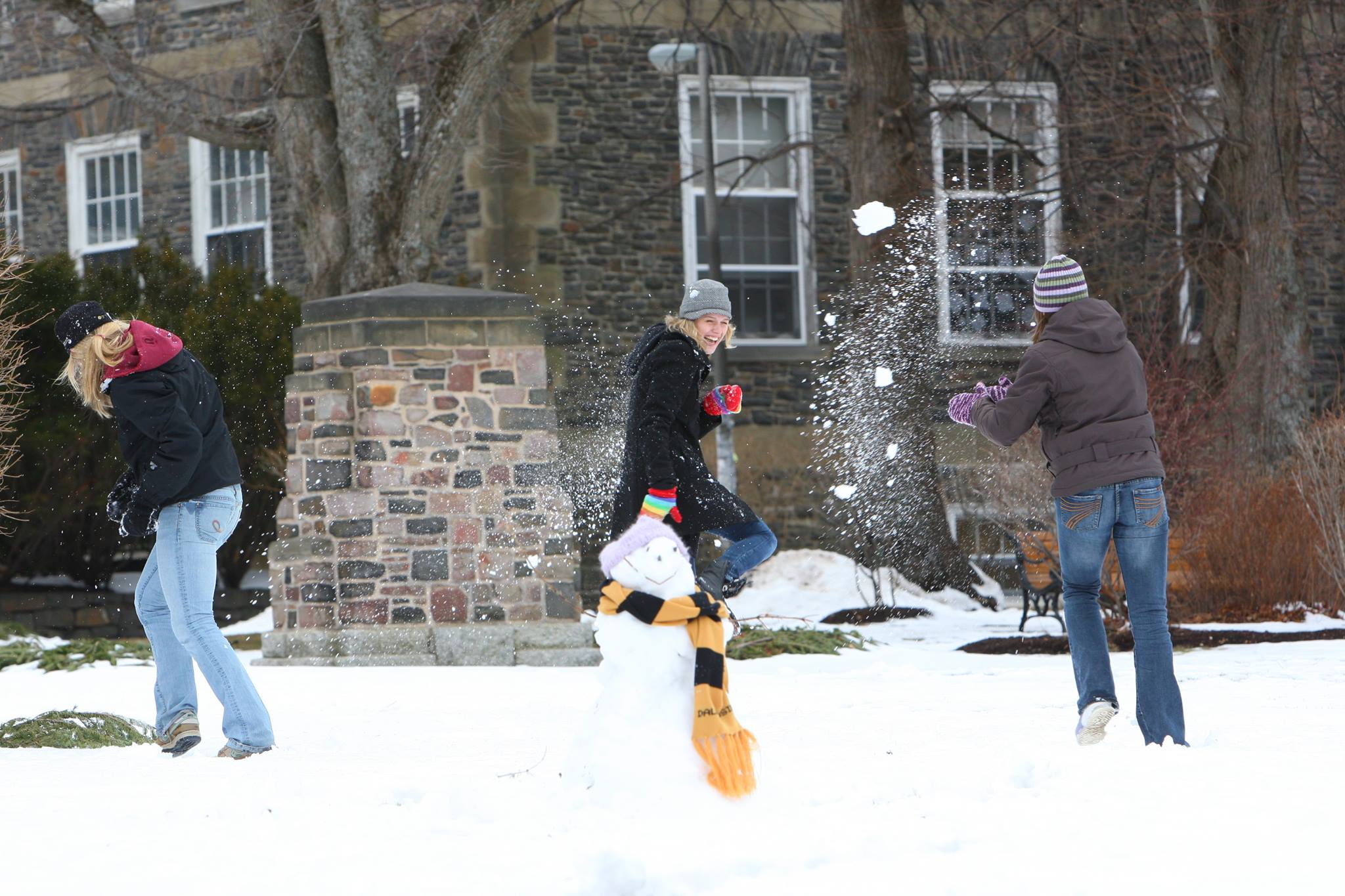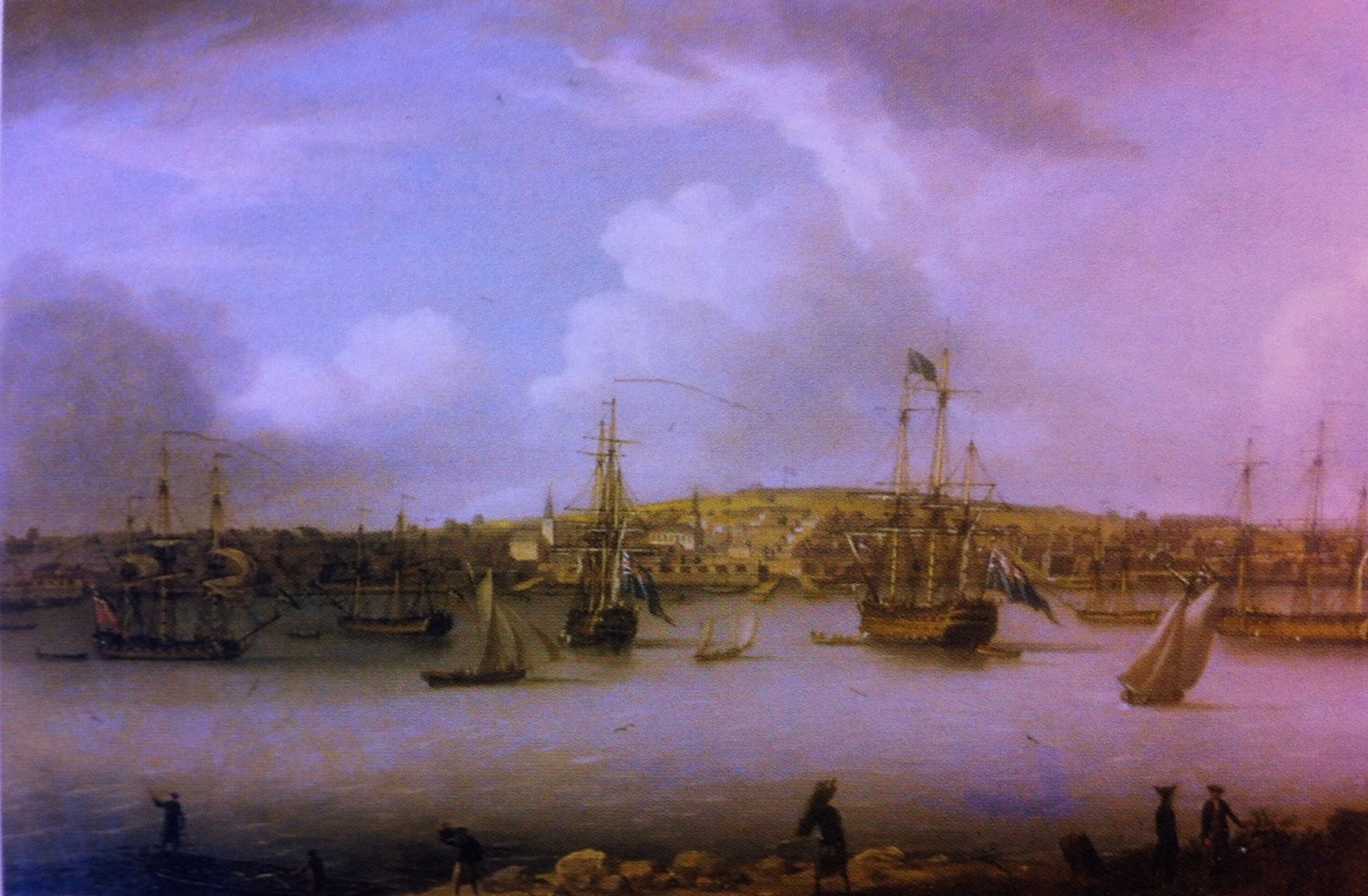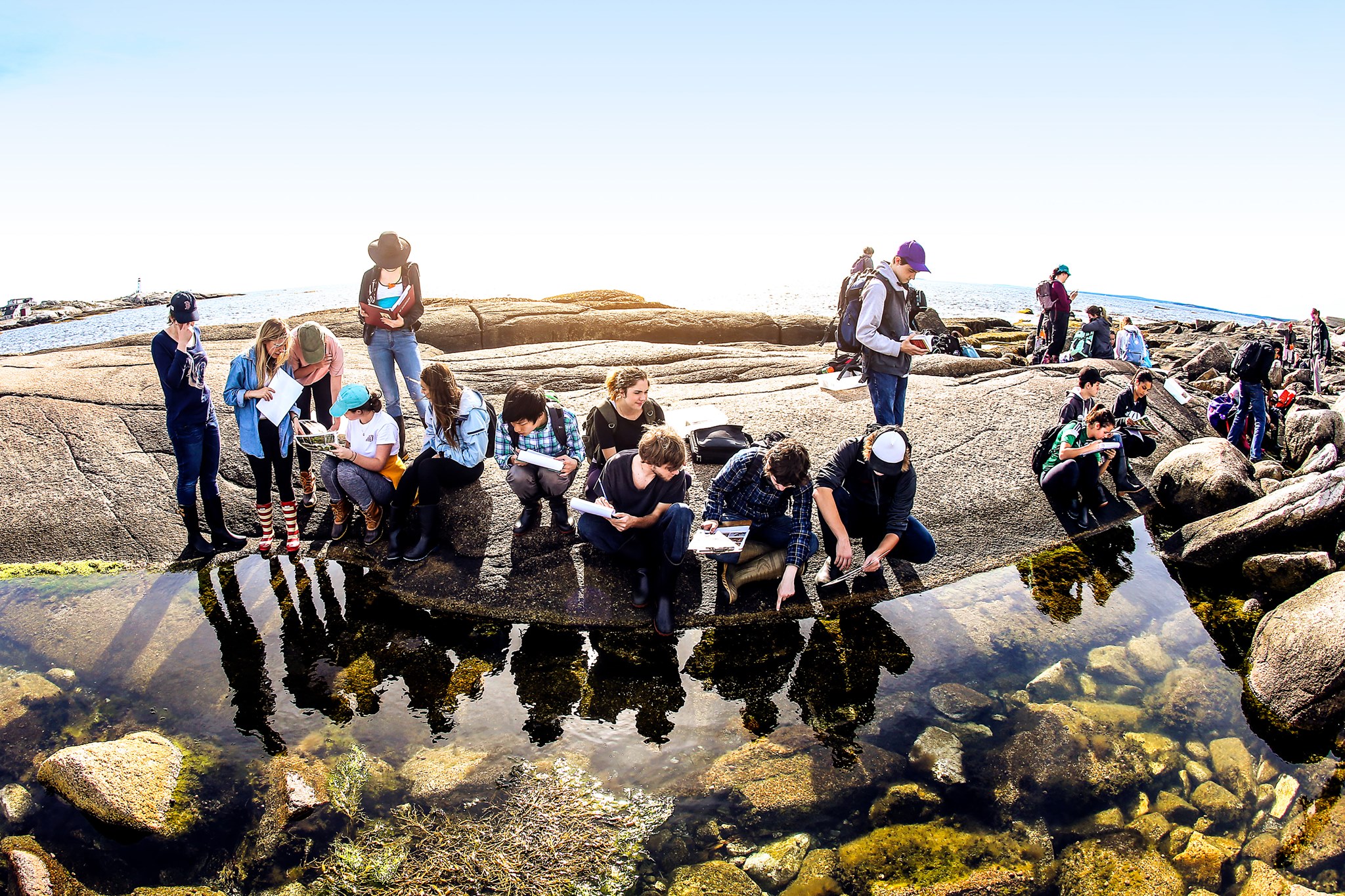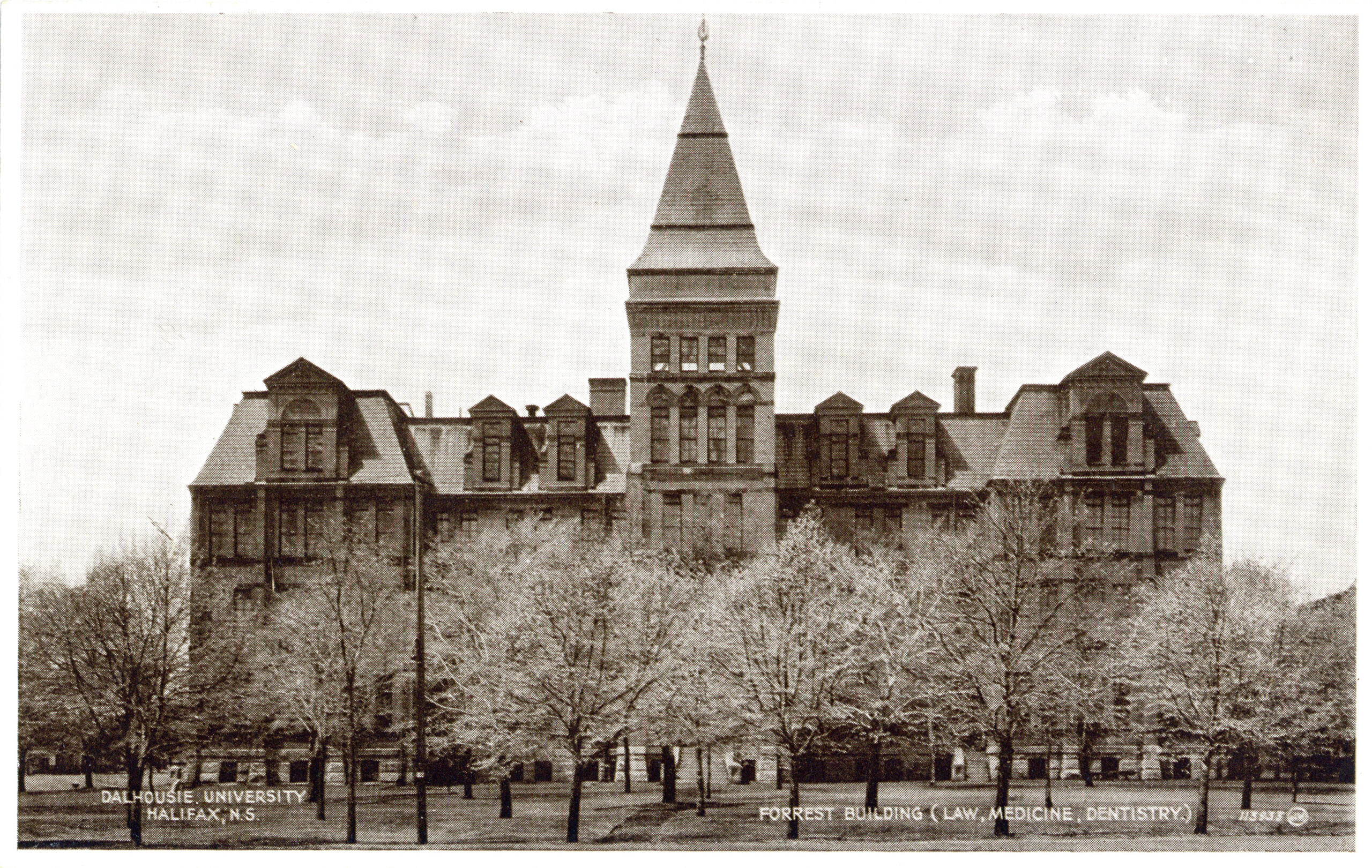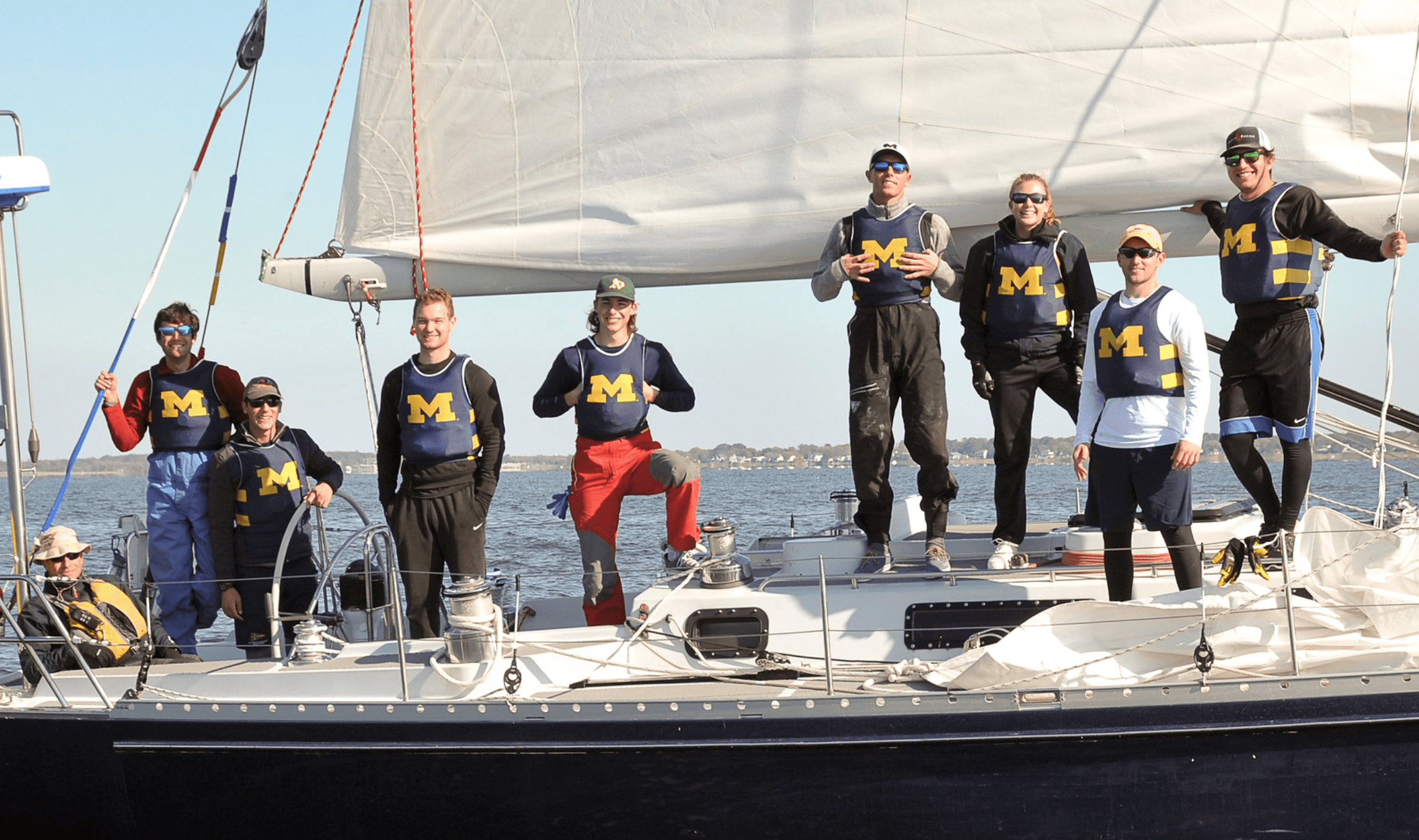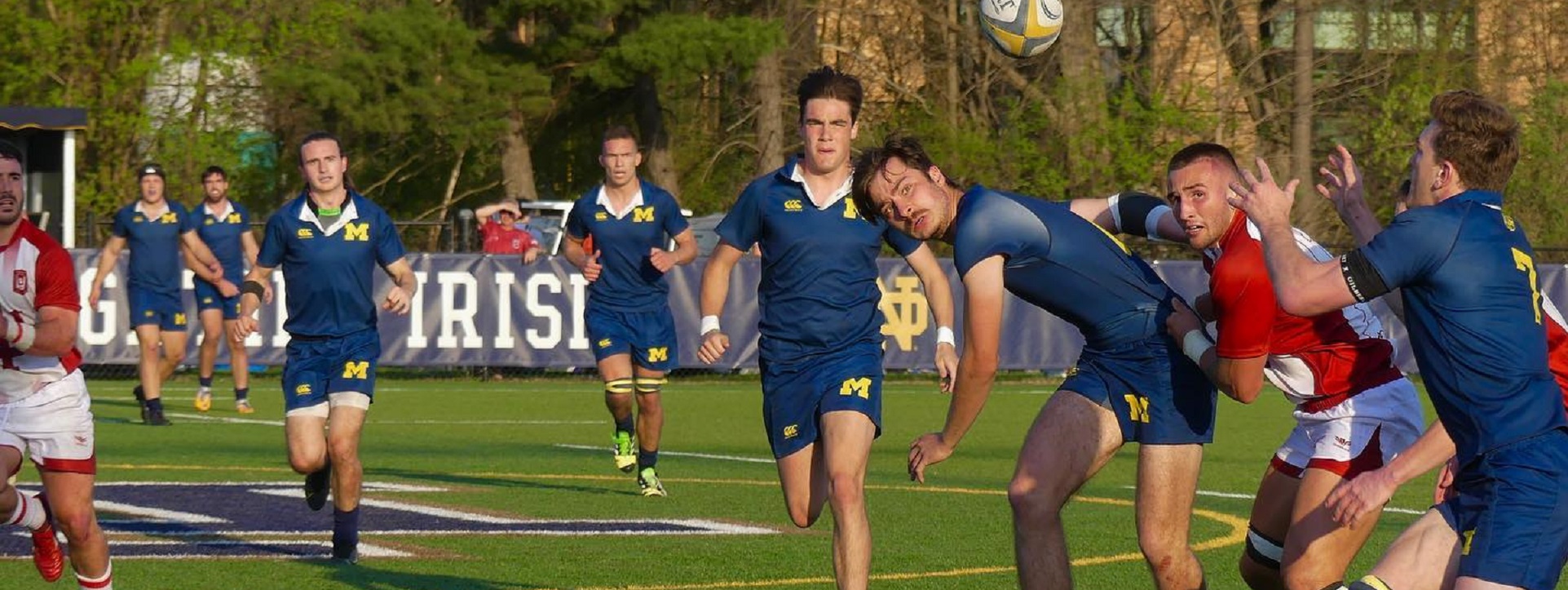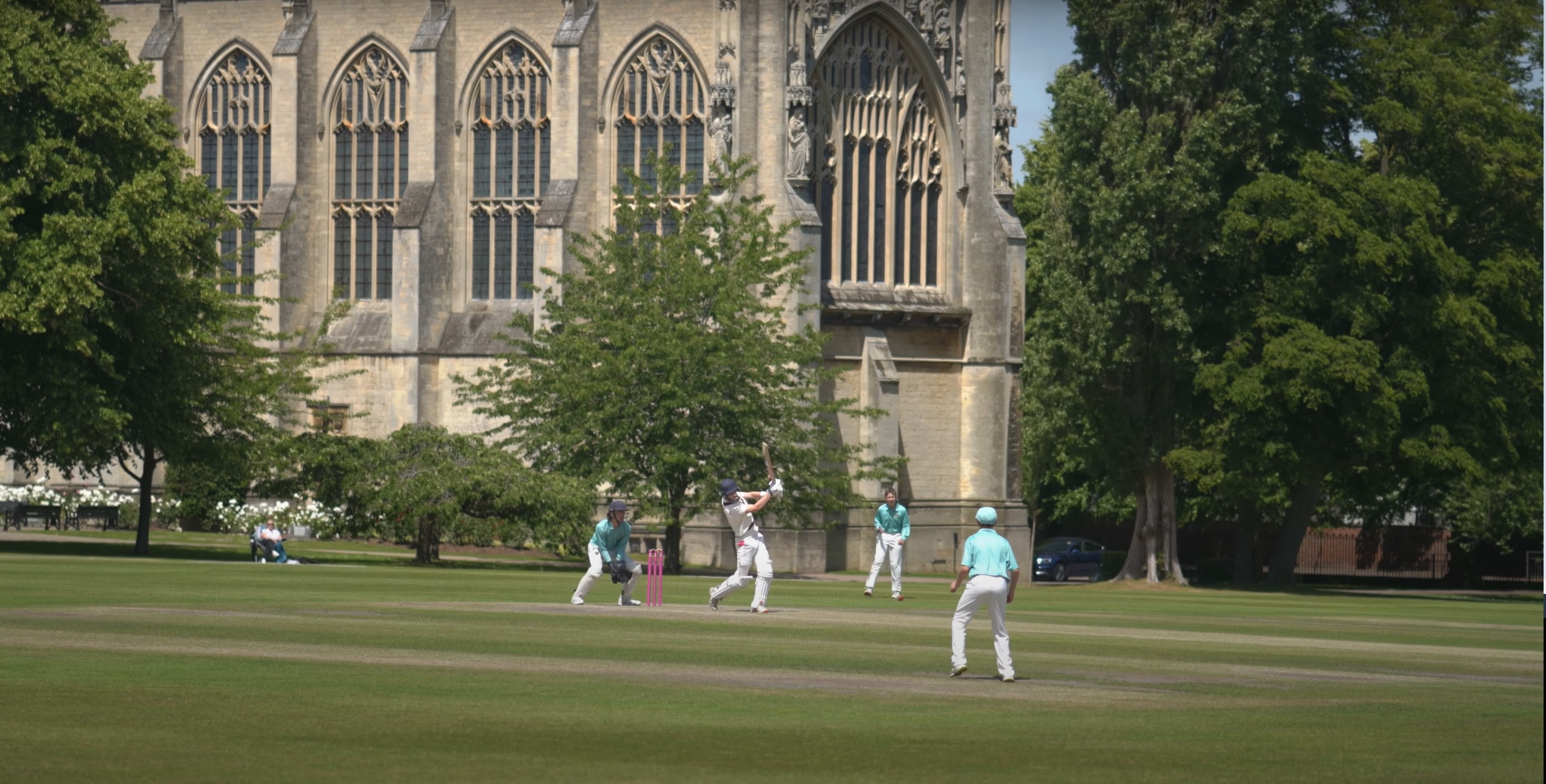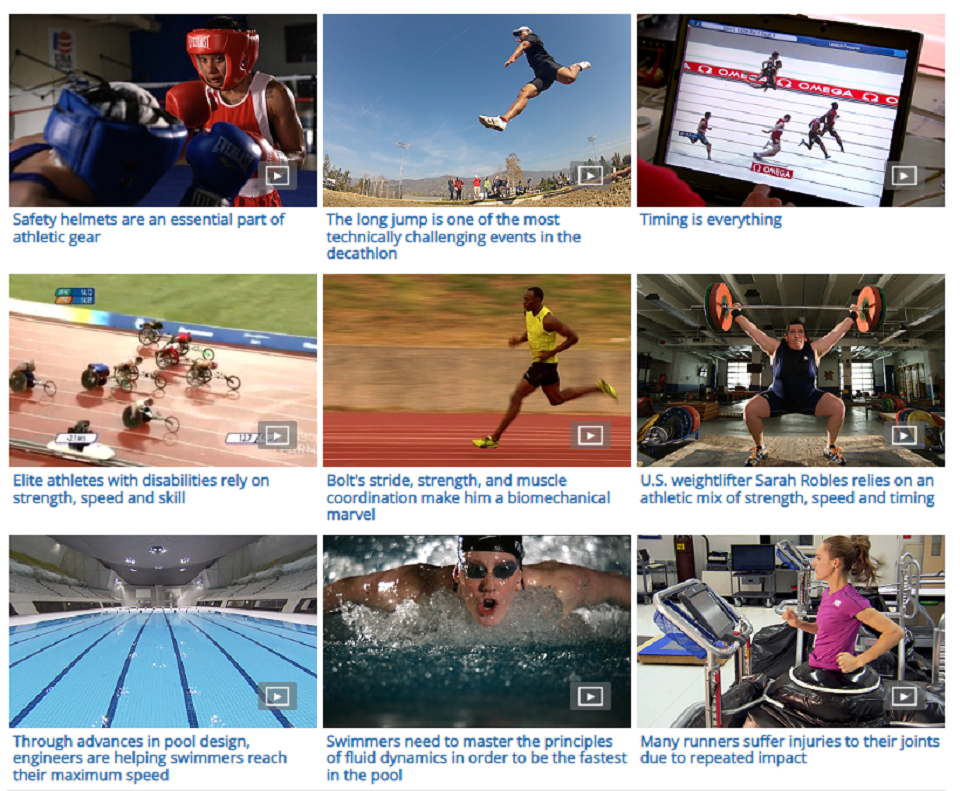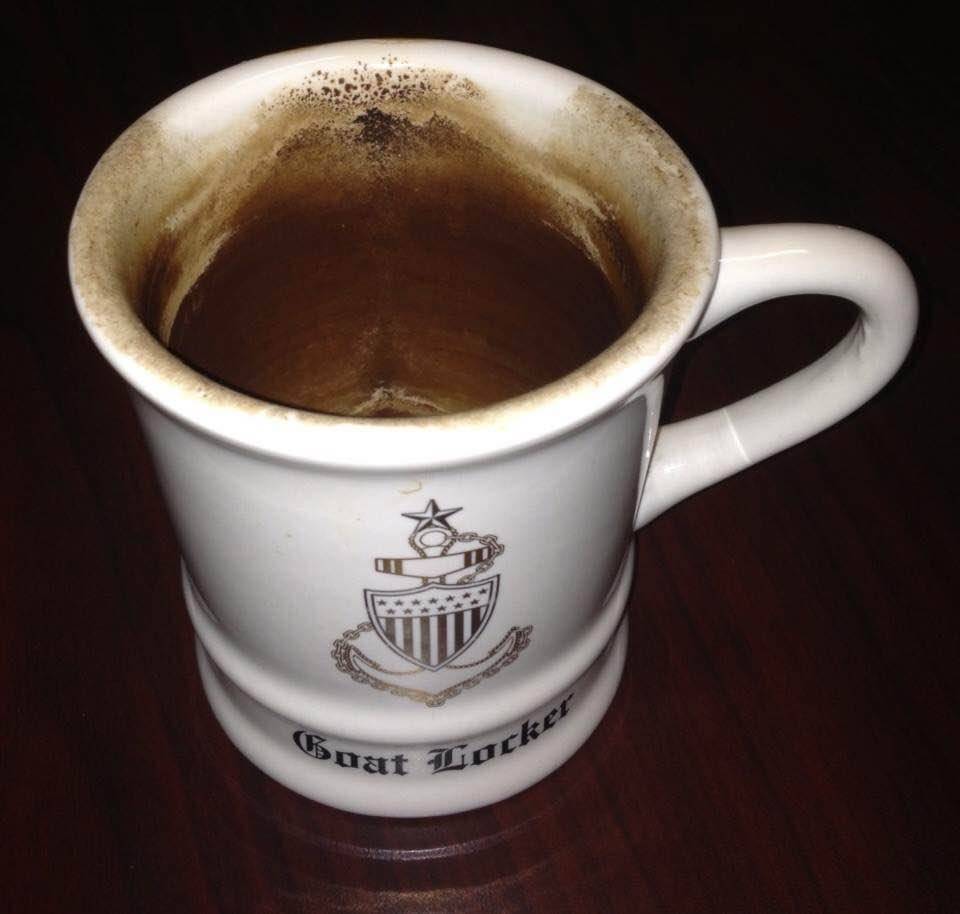Fire Safety Landing Page
- Home Page 77

Halifax Coffee Shops
Financial Statement: An apparent CA$40.193 shortfall | National Building Code of Canada
Dal Student Life: Our Favorite Coffee Shops
This is what Canadians built before the country went insane pic.twitter.com/iZ5xZiMJxH
— Jeremy Wayne Tate (@JeremyTate41) February 2, 2024
Spring Sport
“When spring came, even the false spring,
there were no problems except where to be happiest”
– Ernest Hemingway (A Moveable Feast, 1964)
We are consolidating over 10+ years of coverage of sport standards by the season now. This is our first cut breaking the topic into four separate seasons. Join us today at the usual hour when we sort through stabilized literature and the codes and standards open for public consultation
Soccer
Rugby
Equestrian
Cricket
Baseball
Tennis
Track and Field
Swimming
Golf
Beach Volleyball
Field Hockey
Fanfare For The Common Man
This content is accessible to paid subscribers. To view it please enter your password below or send mike@standardsmichigan.com a request for subscription details.
J S Bach Brandenburg Concerto No 3
This content is accessible to paid subscribers. To view it please enter your password below or send mike@standardsmichigan.com a request for subscription details.
Bleachers, Folding Seating & Grandstands
Play is the making of civilization—how one plays the game
more to the point than whether the game is won or lost.
We follow development of best practice literature for spectator seating structures produced by the International Code Council, the National Fire Protection Association (NFPA 102), the American Society of Civil Engineers Structural Engineering Institute (ASCE SEI-7). There are also federal regulations promulgated by the Consumer Product Safety Commission. (Note that some of the regulations were inspired by the several regional building code non-profits before the International Code Council was formed in year ~ 2000)
The parent standard from the International Code Council is linked below:
ICC 300 Standard on Bleachers, Folding and Telescopic Seating, and Grandstands
The development of this standard is coordinated with the ICC Group A Codes. We have tracked concepts in it previous revisions; available in the link below.
2024/2025/2026 ICC CODE DEVELOPMENT SCHEDULE
As always, we encourage our colleagues with workpoint experience to participate directly in the ICC Code Development process. CLICK HERE to get started.





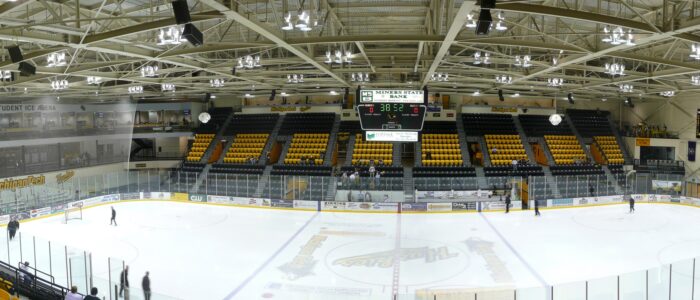


Category: Athletics & Recreation, Architectural, Public Safety
Contact: Mike Anthony, Jack Janveja, Richard Robben
Virtual reality technology in evacuation simulation of sport stadiums
LEARN MORE:
IEEE SEM Student Activity
IEEE Southeastern Michigan Section (SEM) | vTools Event Management
University of Michigan Student Chapter
Laura Balzano, Faculty Advisor | Mike Anthony, Student Mentor
Upcoming Events:
Social Event August 27, 2025: University of Michigan Festifall
Deadline for Student Paper and Posterboard Entries: January 2026 (TBD)
University of Michigan Technical Event: February 2026 (TBD)
I&CPS May 2026 Lexington Kentucky
Introduction to Power Systems & Special Cases | Glenn Keates, P.E.
April 16, 4:30 – 6:00 PM | University of Michigan EECS Bldg, Rm. 1303
CTC Engineering (Lorem ipsum)
University of Michigan IEEE & Society of Women Engineers | Scoreboard Tour April 2024
University of Michigan IEEE & Society of Women Engineers | Welcome August 2024
Thomas Edison Hydropower Plant Tour 2023
Short Biography
Linked In: Michael A. Anthony, P.E.
- “Scholar among Rogues; Rogue among Scholars” Having been inspired by campus-style facilities while a student at Harvard University, Georgia Tech and Michigan State University, Mike graduated from the University of Michigan in 1988 with a BA and a BSE in Electrical Engineering with professional licensure shortly thereafter. Encouraged by Mark K Enns, his professor and an early pioneer in computer-aided power systems software, he joined the IEEE in the early 1980s, just before the University of Michigan discontinued its electrical power engineering track—a program that; given the need for research into building out data centers, has since been restored.
- Mike credits mentors Jim Harvey and Bill Moylan for introducing him to the IEEE Industrial Applications Society and guiding his early career.
- In 1982, while still a student, he began working as an electrical design draftsman in the University’s Utilities Department, documenting its 40, 13.2, 13.8, 4.8 and 2.4 kV, ~250 MVA bulk distribution network using AutoCAD. He was hired on Ground Hog Day of that year by Jack Janveja; securing the claim that Mike has only had 1 year experience 35 time. Those early relationships continues to this day (Contacts).
- In 1987, Mike became the first in-house electrical engineer in the United States dedicated exclusively to a university’s high and medium-voltage bulk distribution systems. Until this time, all of UM’s peer institutions relied on external Owner Engineers (OEs) for their electrical power distribution networks. A national search by the University’s Human Resources confirmed the “unprecedented” nature of his role – a city-within-a-city; a utility-but-not-a-utility that connected some of the most iconic buildings in the United States. This innovation proved cost-effective, prompting other major universities to adopt similar in-house models, challenging entrenched relationships with external consultants and in-house energy operatives.
- The Energy Policy Act of 1992, which opened markets for independent power producers, prompted Mike to engage with the National Electrical Code (NEC) process. In 1996, he secured the only User-Interest vote for the U.S. education industry during the NEC revision cycle and has remained a voting member ever since. On June 17, 2025, he will be inducted into the NFPA’s “Quarter Century” faculty at the NFPA Expo & Conference in Las Vegas.
- The University of Michigan, with 50 million square feet of real assets, remains the world’s largest university campus by contiguous square footage and occupancy diversity—surpassing institutions in Texas, Arizona, Florida, California, and even global benchmarks like Amazon or Chinese campuses. This scale makes it an ideal study unit for cities of the future.
- In 2014, Mike and Jim Harvey established the IAS Education & Healthcare (E&H) Subcommittee to advance electrical safety and efficiency in academic settings. The sub committee’s efforts have led to significant code advancements, including the integration of IAS Recommended Practices into NFPA, ASHRAE, and ICC standards, benefiting the University of Michigan and higher education broadly.
- After 33 years of direct employment Mike accepted a buyout during a reorganization necessitated by a new University Presidency. The admittedly generous offer, came as a surprise – likely informed by the understanding by executive management of the contributions of Mike and Jim. Thirty-six hours later Mike “re-hired” eight of his direct reports and opened an office across the street from the South Athletic Campus which continues to this day (Standards Michigan, LLC).
- Mike has written several papers on code “wins” in the NFPA catalog and has published two electrical engineering textbooks with McGraw-Hill and a chapter on District Energy thermo-economics for McGraw-Hill edited by University of Michigan Alumnus, Martin Meckler with Lucas Hyman. He has written several papers on electro economics; searchable on IEEE Explore.
- He is particularly proud about how the redundancy he built into the UM power system enabled the University to not only survive the August 14, 2003 Northeast Blackout but to provide reactive power (voltage support) to DTE Energy during its own restoration to Southeastern Michigan.
- All of the successes claimed by the E&H committee could not have happened without the help of others. Mike and Jim continue collaboration with others in the IAS such as with David Shipp, Giuseppe Parise, Gary Fox, Daleep Mohla, Matt Dozier, Bob Arno and Neal Dowling. The E&H Committee meets online to discuss better ways to make education facilities safer, simpler, lower-cost and longer-lasting for 30 minutes in US and European time zones every other week.
- Academia is where IEEE membership begins and is nurtured. Accordingly, Mike assists Faculty Advisor Laura Balzano as Student Mentor at the University of Michigan College of Engineering.
Bibliography:
Lorem ipsum
Dahlgren Hall & “Seasoned” Coffee Mug Stories
Named after Rear Admiral John A. Dahlgren (1809-1870) an influential figure in the development of naval ordnance during the United States Civil War. It served as an armory and drill hall for midshipmen. Its open space was ideal for indoor drills and military exercises.
The hall was constructed between 1899 and 1903. Its design was overseen by Ernest Flagg, a prominent architect who designed several buildings at the Naval Academy. Today it houses the Drydock Restaurant, a gathering place for midshipmen, faculty, and visitors.
New update alert! The 2022 update to the Trademark Assignment Dataset is now available online. Find 1.29 million trademark assignments, involving 2.28 million unique trademark properties issued by the USPTO between March 1952 and January 2023: https://t.co/njrDAbSpwB pic.twitter.com/GkAXrHoQ9T
— USPTO (@uspto) July 13, 2023
Standards Michigan Group, LLC
2723 South State Street | Suite 150
Ann Arbor, MI 48104 USA
888-746-3670




